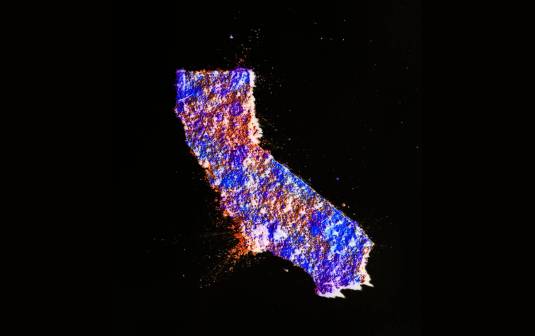How California managed a flood of phony PPE offers

California officials dealing with an overwhelming number of personal protective equipment vendors — some illegitimate — said during an webcast Tuesday that using a cloud-based customer relationship management system, rather than a system based on emails or spreadsheets, saved time and lives at the onset of the pandemic.
Officials said in a webcast hosted by Salesforce that they used the company’s software to procure more than $2 billion of PPE and medical equipment in just 45 days at the beginning of the pandemic. It helped officials distribute ventilators, masks and other medical equipment to 450 hospitals around the state by relying on a digital “donation and supply” portal that organized potential vendors by product and location. A web application, meanwhile, tracked each of the state’s orders.
With help from the California Department of Public Health and the Division of Occupational Safety and Health, the system took only two weeks to deploy, officials said, and prevented agencies from getting scammed by unreliable vendors.
“The idea behind this was to make sure we were able to filter out offers of assistance early on at the top of the funnel, and make sure we were dealing with legitimate business entities who were offering legitimate products,” said Grady Joseph, assistant director of recovery operations at the California Governor’s Office of Emergency Services, or Cal OES. “We were being bombarded. Every single person with any reselling experience was trying to get into the personal protective equipment game.”
Joseph and his team saw PPE supplies “dry up” internationally before the coronavirus arrived in the U.S., leading to the medical equipment procurement environment to resemble the “Wild West,” he recalled. The state had first installed used email to receive proposals from vendors, but with no quick way to validate the legitimacy of an email from a vendor claiming to have PPE, Cal OES lagged in procuring supplies.
“It was like a needle in a haystack,” Joseph said. “There were plenty of people offering PPE, but very few who actually had PPE and could deliver it.”
Once the state set up its COVID-19 donation portal in April, a team of state employees was dedicated to validating real offers from fake ones, Joseph said. At the peak of the PPE shortage, 20 California employees were tasked with doing nothing else but validating offers. Part of this task entailed working with public health experts to determine which needs were most urgent. Legitimate donations were filed into the state’s procurement and public health ordering systems so Joseph and his team could track the status of PPE shipments, while hospitals gained a view of which equipment was available.
“We have these 15,000-plus leads coming in, and the goal is to convert those,” Joseph said. “Yes, many of them get disqualified, but by having a true CRM, we’re able to convert that lead and take the next appropriate steps to getting that life-saving PPE.”
The platform allowed for the construction of data-driven dashboards that Cal OES used to track logistical data, Joseph said, that took into account how long it was taking to validate certain types of leads and products, and understand where the team was facing challenges.
“Dashboards were critical to visualizing what we were seeing and what we weren’t seeing,” he said.






